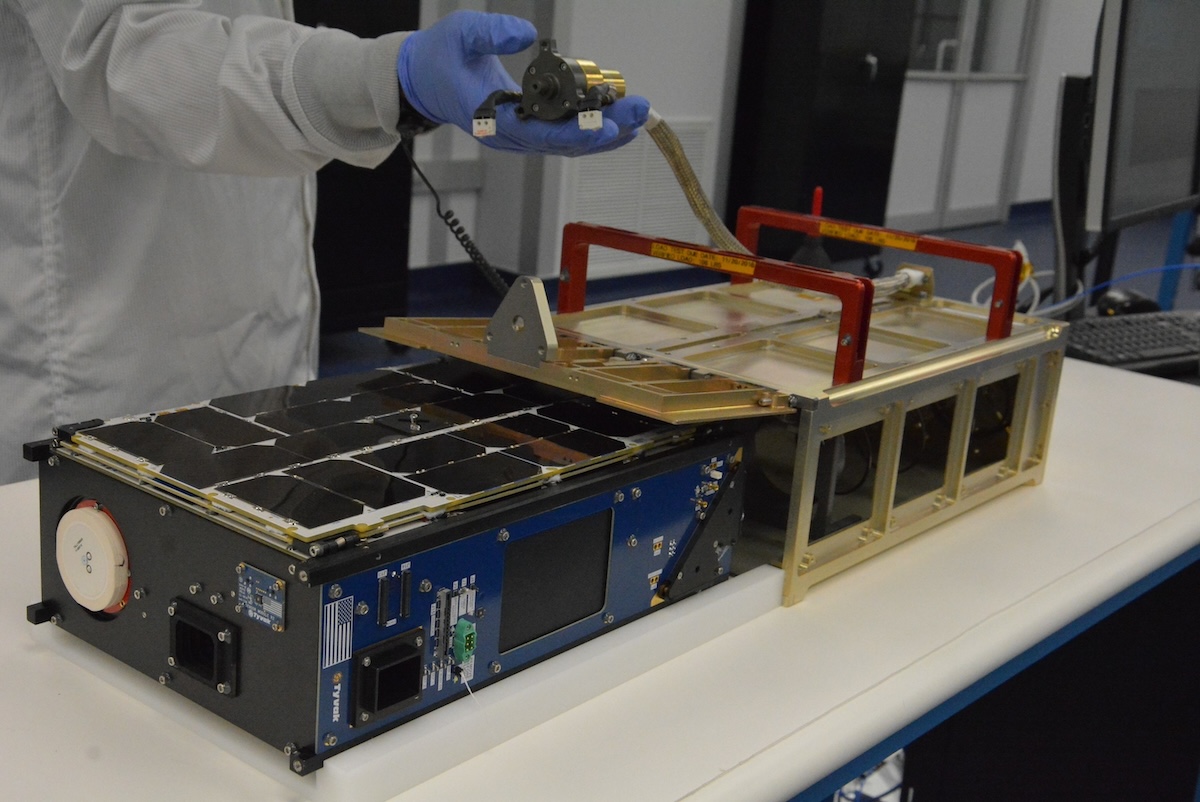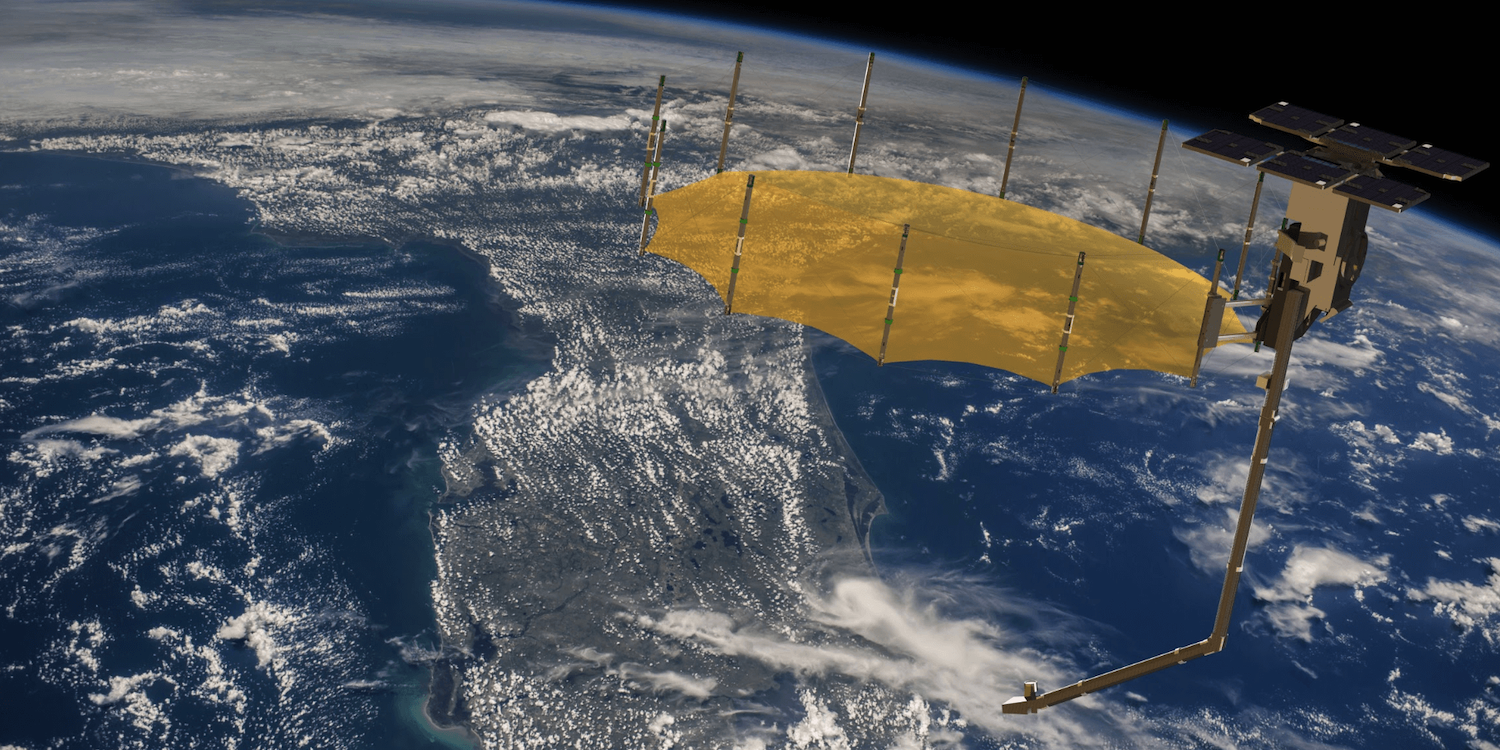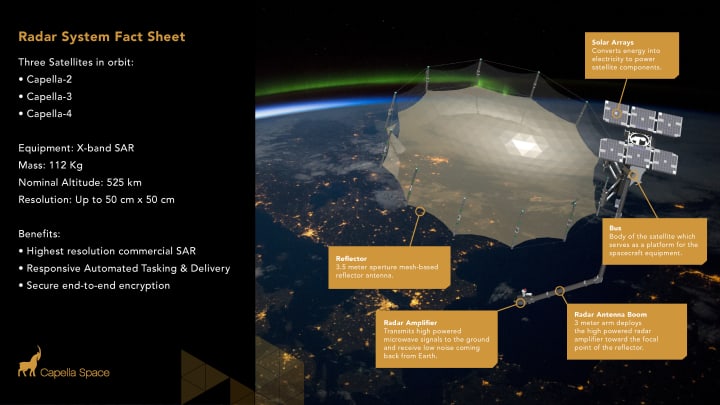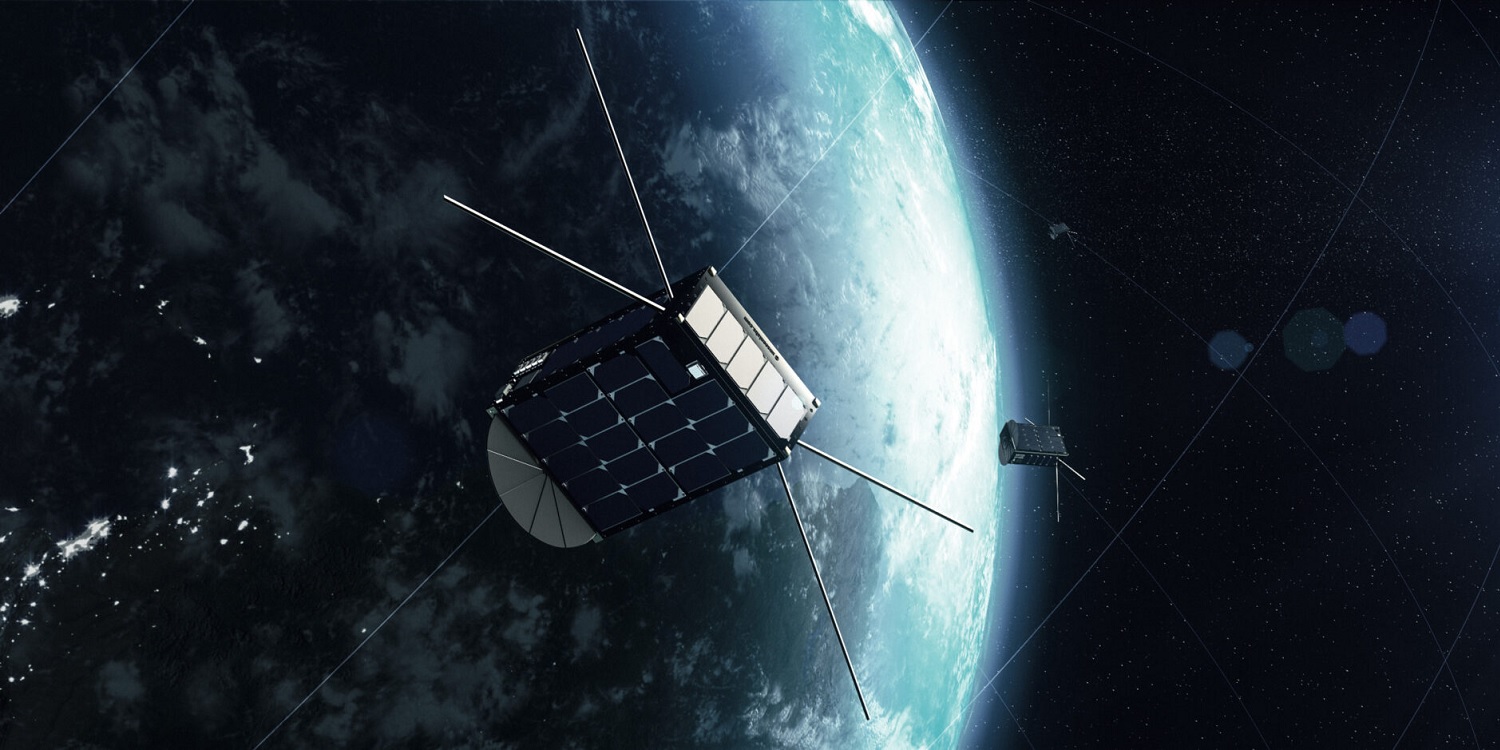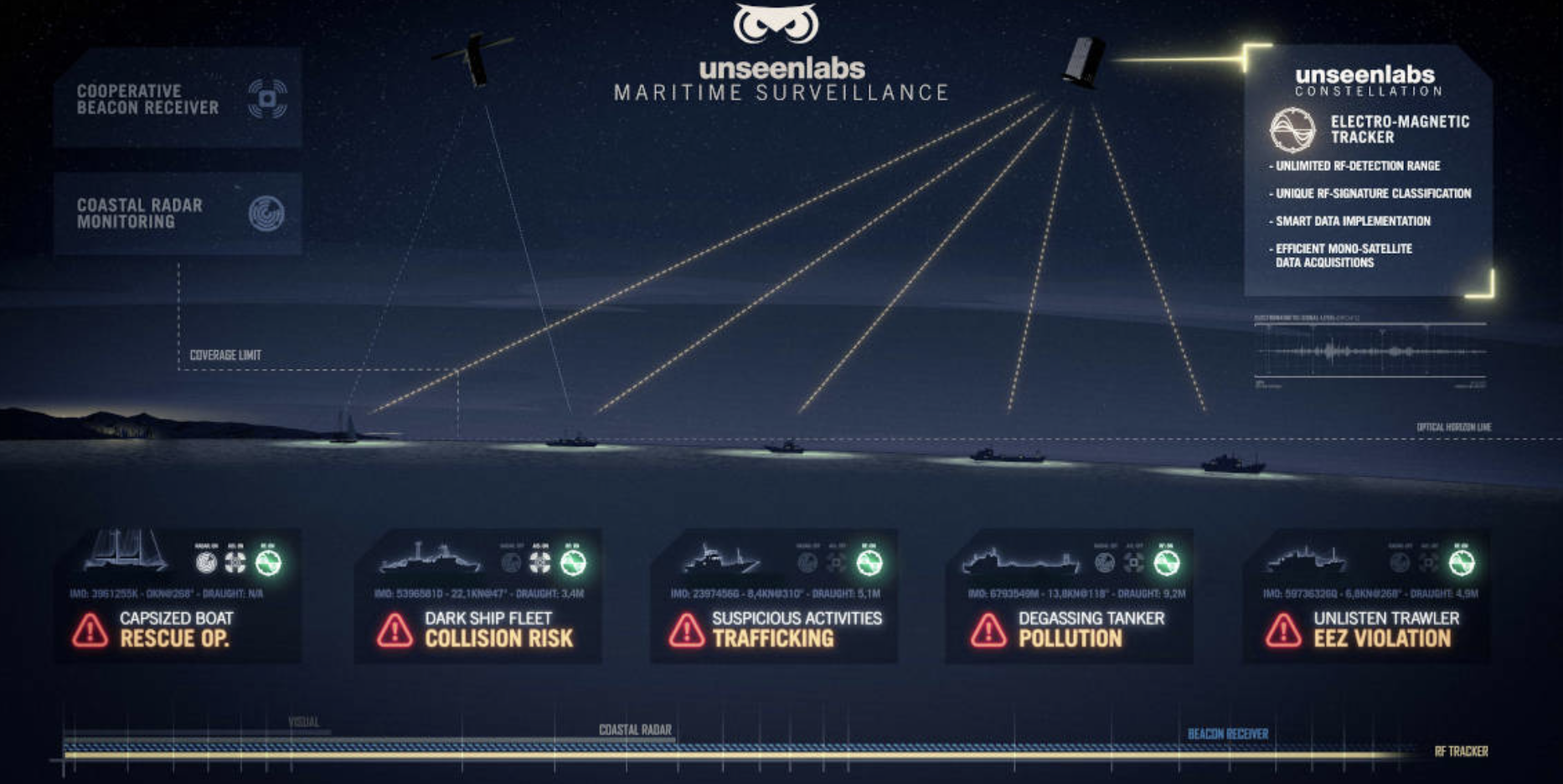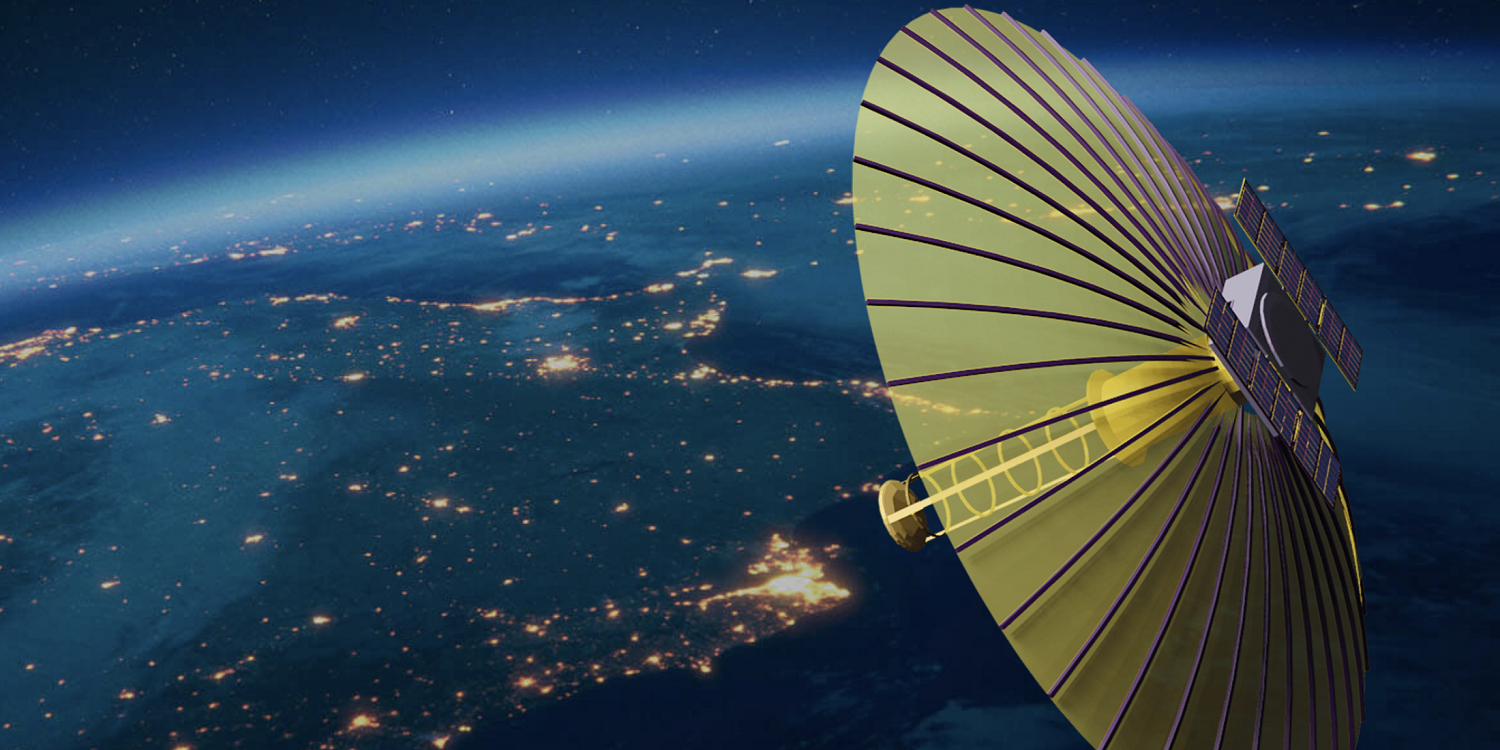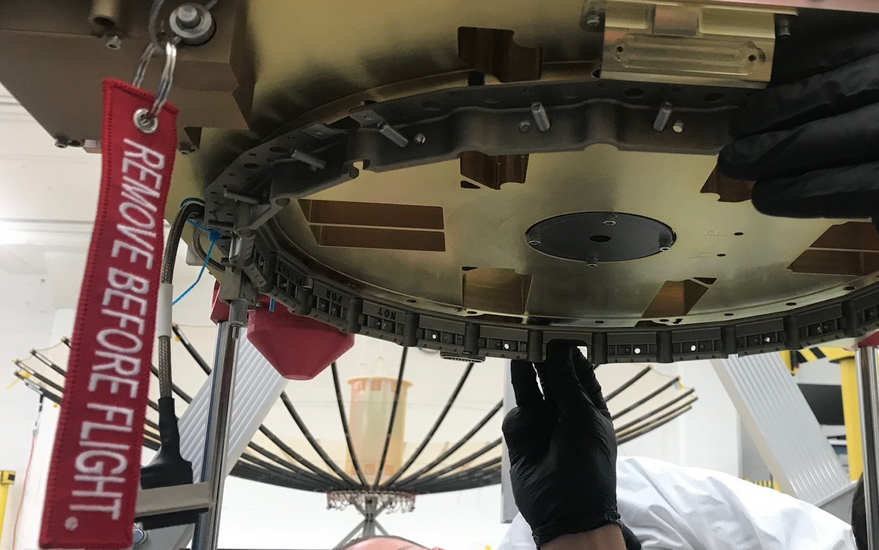
CICERO (Community Initiative for Cellular Earth Remote Observation) is a constellation of 24+ satellites for radio occultation measurements of Earth’s atmosphere and surface remote sensing through backscattered signals from the GPS and Galileo satellite constellations. The system is operated by GeoOptics Inc. and Tyvak Nano-Satellite Systems Inc. acts as the primary contractor for the 6 Unit CubeSats. CICERO satellites host CION instruments (CICERO Instrument for GNSS-RO) which perform GNSS-RO by sensing radio signals broadcast by GNSS satellites (GPS and Galileo) and measuring the phase delay due to refraction during occultation. Second-generation CICERO-2 satellites (two launched in 2022) carry an improved CION instrument, CION-2, which measures reflected signals from the sea surface and has a polarimetric capability, in addition to GNSS-RO. CION and CION-2 data produce high-accuracy profiles of atmospheric pressure, temperature, and moisture; 3D maps of the electron distribution in the ionosphere; and information on ocean and ice properties. The CICERO-2 satellite constellation are improved versions of the 1st generation CICERO satellites. GeoOptics creates the highest quality radio occultation (RO) weather data available today. The data is available for government, commercial, and research purposes. GeoOptics also develops new instruments to observe the Earth’s atmosphere, surface and subsurface. Founded and led by a team of scientists and engineers, the company focuses on finding answers to some of the most important questions facing the globe.
Satellite info
| Nation: | USA/Monaco |
| Company/operator: | GeoOptics |
| Platform/configuration: | 6U CubeSat |
| Mass: | 10 kg |
| Orbit: | 520 km - Low Earth Orbit (LEO) |
| Instruments: |
|
| Purpose: | Demonstration of GPS radio occultation sensor that allows the measurement of global weather pattern with high accuracy. |
| Launch vehicles: | Soyuz-2, PSLV-XL, Electron, Vega |
| Website: | https://geooptics.com |
